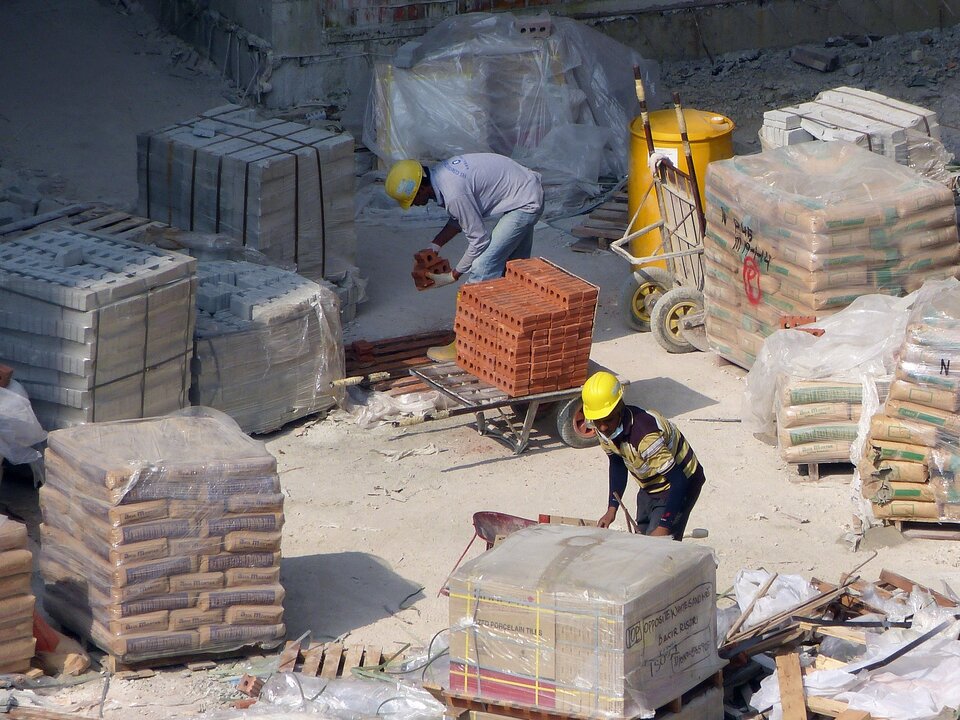
A Closer Look: Types of Cement for Construction Work
Just as there are all sorts of concrete varieties aimed at helping projects meet specific needs and goals, there are various types of cement, too. (That’s right — this seemingly simple ingredient isn’t that simple after all.) At General Chipping, we love spreading word about our industry and the tools and ingredients that make our work possible. Read on for a quick overview of the various types of cement out there, as well as their common uses.
- Ordinary Portland Cement: Used for most everyday purposes, ordinary Portland cement (OPC) is a common ingredient in concrete for building construction, mortar used in masonry work and plaster for walls.
- Portland Pozzolana Cement: With its high resistance to chemicals, this form of cement is ideal for marine structures, sewage areas, bridges, piers and dams.
- Rapid Hardening Cement: Due to its fast-acting hardening capabilities, rapid hardening cement is great for projects in need of quick completion, such as sidewalk or road paving work.
- Extra Rapid Hardening Cement: Created by adding calcium chloride to rapid hardening cement, this material allows for even faster hardening. How much faster? This material lowers that waiting period by about 25%!
- Low Heat Cement: Less reactive than other varieties of the material, low heat cement has a greater initial setting time than OPC. As such, it works well for massive concrete construction work, such as gravity dams.
- Sulfates Resisting Cement: This material has the ability to ward off sulfate attack, thanks to its lower percentage of tricalcium aluminate. You can find this cement blend mainly in construction projects where the concrete will have contact with soil or groundwater that has sulfate salts.
- Quick Setting Cement: This cement begins the setting process right away, making it an ideal option for projects such as underwater construction or work taking place in cold/wet weather.
- Blast Furnace Slag Cement: Made by grinding clinker with 60% slag, this cement is a great option for those who are keeping an eye on budgetary constraints.
- High Alumina Cement: Just like the title suggests, this type of cement features a high alumina content (32% or more) and is created by mixing calcined bauxite and lime with clinker while processing OPC. High alumina cement is great for high-temperature construction, such as foundry and refractory work.
- White Cement: Manufactured from raw materials free of iron oxide, white cement has high proportions of lime and clay. The material is used in the same way OPC is, but it does cost more. White cement is commonly found in decorative interior and exterior construction projects such as flooring and swimming pools.
While this isn’t an all-inclusive list of the types of cement out there, it’s a pretty thorough overview of one’s options. (It’s also proof that, when it comes to cement, there’s a blend to suit virtually every need!) If you have questions on any of the above, or if you’re ready to book maintenance services for your portable concrete mixers and central mixers, contact General Chipping! We’re always happy to help.
